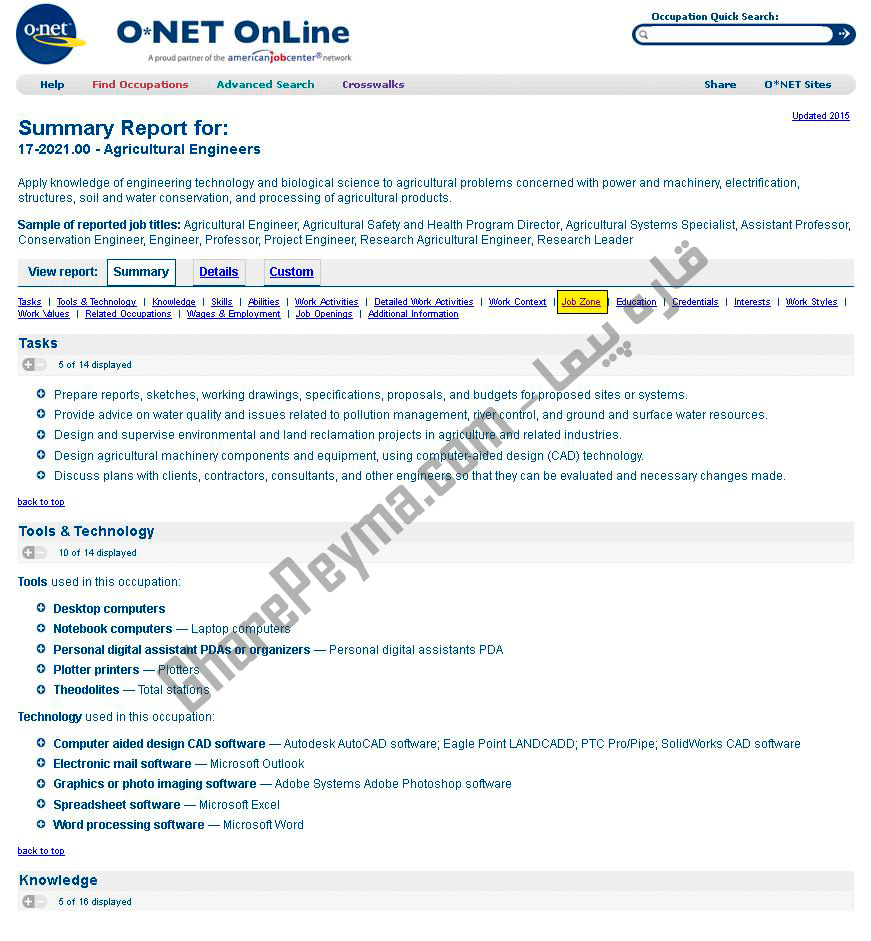
The ‘normal’ experience is based on the code’s Job Zone and the tasks, technology, and knowledge described in the O*NET descriptor. 3 For those occupations not found in Appendix D, the ‘normal’ education would be the level that ‘most’ of these occupations require in the O*NET Job Zone for that occupation. The ‘normal’ education requirements for most professional SOC O*NET codes are found in Appendix D of the 2009 Prevailing Wage Guidance. This may or may not be the one the employer considered the best match (the one listed on the ETA-9141.) Once it selects the SOC O*NET code, DOL uses the information related to that code to define what is ‘normal’ for the job.

Using the job duties the employer provides on the ETA-9141, DOL will select what it believes to be the most appropriate SOC O*NET code. Very generally, DOL calculates the prevailing wage by comparing the employer’s requirements for the job with the ‘normal’ requirements for the job.

Rather, it is simply intended to give a broader view of the DOL process with the hopes of providing a basic understanding of the DOL framework. This article is not meant to be used in place of either of those resources, nor is it meant to be a ‘how to’ resource for calculating the wage. Both the DOL guidance and the Advisor’s Manuals are critical documents to review as you delve into the world of prevailing wages. 2 Chapter 8 of NAFSA Advisor’s Manual is also extremely informative it contains an excellent description of the prevailing wage process and what’s involved in making a prevailing wage request. This guidance was written for DOL analysts, but is also helpful to those requesting prevailing wages in predicting the DOL’s determination and may offer comfort to those who forego ‘safe harbor’. In its 2009 Prevailing Wage Determination Policy Guidance, 1 the DOL sets out the steps it takes in making a prevailing wage determination (PWD).

Print How Does DOL Calculate the Prevailing Wage?


 0 kommentar(er)
0 kommentar(er)
